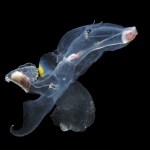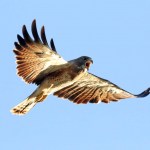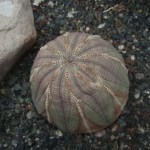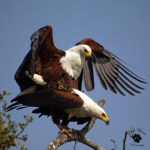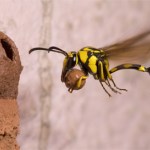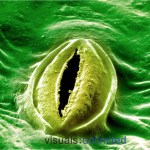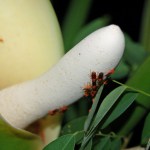Organisms
The phrase has entirely different connotations for cephalopods.
Bonus! Spot the female before going to the diagram.
(via Giant Cuttlefish)
See? It's a plant that looks like a baseball! And on Friday, the Minnesota Atheists Regional Conference will be sponsoring a baseball game in St Paul, the Mr Paul Aints vs. the Amarillo Sox. You should come. Here's the schedule for the meeting: Dave Silverman, Hector Avalos, Ayanna Watson, Robert Price, Teresa McBain, J. Anderson Thompson, and me. Probably no baseball plants, though. They've been wiped out in the wild.
(via WebEcoist)
Even though they are African fish eagles. I think we own the symbolism of all eagles everywhere, don't we?
(via NatGeo)
It always seems to be the case that there are gaps in the fossil record just where things get interesting — probably with good reason, that forms in transition will be relatively rare. One such gap is the period where insects first emerge and begin to conquer the terrestrial world, a period called the arthropod gap, between 385 and 325 million years ago. Here's a new specimen from that relatively barren stretch of time, Strudiella devonica.
a, Photograph of the part. b, Reconstruction of general habitus. Scale bar, 1 mm. White arrows indicate legs visible on part. abd, abdomen; ant, antenna;…
My wife keeps sending me photos of Australian plants for this series. I think she wants to go back.
(via Australian Geographic)
I do all my work at a desk — I'm not hauling mud! — and I don't look this good.
(via Entomolog)
(It's from the California Seafood Council, but let's not hold that against them)
There is an extremely common sort of experiment to understand plasticity of the developing brain. These are important experiments to understand an important phenomenon: the brain does not simply unfold ineluctably to produce a fully functional organ, but actually interacts constantly with its environment to build a functioning organ that is matched to the world it must model and work with. This was one of the very first things I learned as a budding neuroscientist; my first undergraduate research experience was in the lab of Jenny Lund at the University of Washington, where we were given…
The dumpling squid is as unprepossessing as its name implies, but beneath that plump exterior lurks a savage lust. They mate for 1-3 hours, to the point where they're completely physically exhausted, and an easy target for a predator…but it's all so worth it.
And then I felt intimidated.
(via Echinoblog)
Give me grizzled, battered, and well-worn. Plasticky, smooth, and fresh is so freaking uninteresting.
I think she's just got one thing on her mind.
The insects crawling all over it add a creepy touch, though.
If you ever get a chance, spend some time looking at fish muscles in a microscope. Larval zebrafish are perfect; they're transparent and you can trace all the fibers, so you can see everything. The body musculature of fish is most elegantly organized into repeating blocks of muscle along the length of the animal, each segment having a chevron ("V") or "W" shape. Here's a pretty stained photo of a 30 hour old zebrafish to show what I mean; it's a little weird because this one is from an animal with experimentally messed up gene expression, all that red and green stuff, but look at the lovely…
A reader sent in this photo of a captured pelagic octopus and observer. I know…most of you are going to be interested in the mundane mammal here.
I don't think the beast has any kind of scientific interest in that lovely cephalopod.
